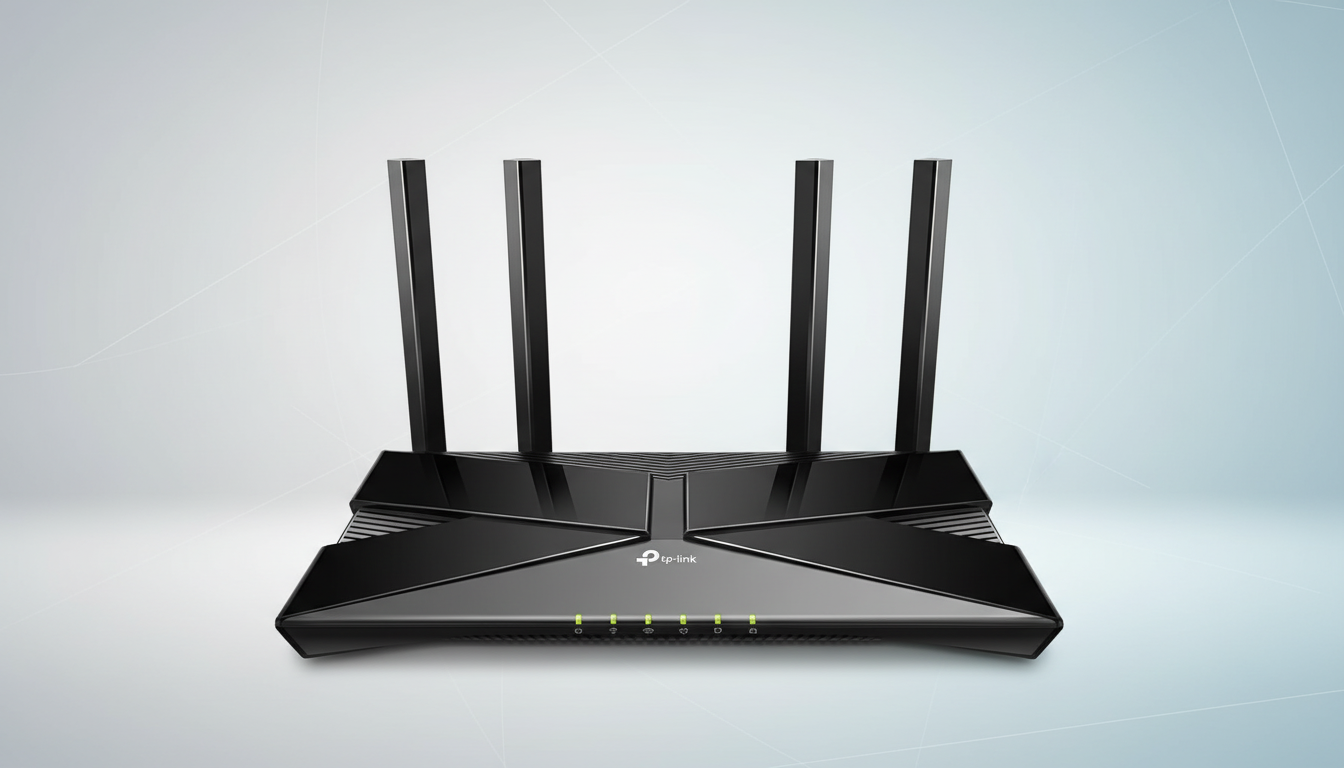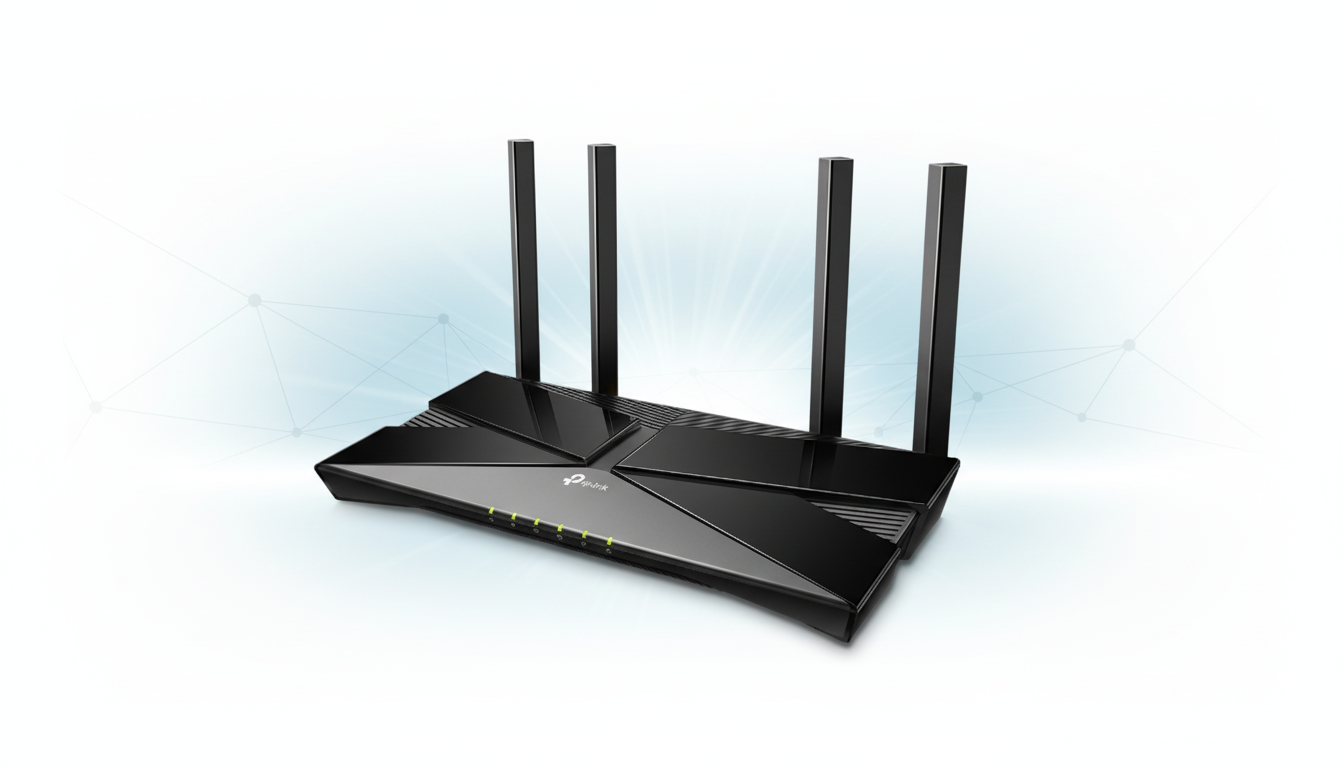A reliable Wi-Fi 6 upgrade just went budget-friendly. The TP-Link Archer AX10, a dual-band 802.11ax router that covers the basics without fluff, is now selling for $49.99 at Walmart—one of the lowest mainstream prices we’ve seen for a name-brand Wi-Fi 6 model. If your home network still runs on Wi-Fi 5, this is a low-risk way to boost speed, capacity, and stability without spending triple digits.
Why This $50 Wi-Fi 6 Router Deal Truly Stands Out
At this price, you’re paying entry-level money for key Wi-Fi 6 advantages: higher efficiency in crowded homes, better client battery life, and improved performance for simultaneous streams. The Wi-Fi Alliance notes that 802.11ax can deliver up to 4x higher capacity versus Wi-Fi 5 under dense loads, thanks to technologies like OFDMA and uplink/downlink MU-MIMO. For families juggling video calls, 4K streams, and cloud gaming, that efficiency matters more than raw peak speeds.
- Why This $50 Wi-Fi 6 Router Deal Truly Stands Out
- Key Specs and Real-World Performance to Expect
- Setup, Security, and Smart Controls Overview
- Who Should Buy It and Who Should Skip This Deal
- How It Compares at This Price Against Rivals
- A Few Pro Tips Before You Check Out and Buy
- Bottom Line: A Strong Wi-Fi 6 Upgrade for $50

Comparable AX1500–AX1800 routers from brands like Netgear, Asus, and Linksys frequently float between $70 and $120. Hitting $50 pushes the Archer AX10 into impulse-buy territory for renters, students, or anyone replacing an aging ISP gateway.
Key Specs and Real-World Performance to Expect
The Archer AX10 is an AX1500-class router: up to 1.5Gbps combined throughput across 5GHz and 2.4GHz bands (theoretical). Expect the 5GHz band to do the heavy lifting. In practical use with modern phones and laptops, short-range downloads commonly land in the several-hundred-megabit range on 5GHz, which is more than enough for a typical cable or fiber plan. The 2.4GHz band remains better for range and IoT devices, but it’s slower and more interference-prone.
Hardware highlights include four external antennas with beamforming, a triple-core processor for smooth multi-device handling, and a straightforward port layout: one Gigabit WAN and four Gigabit LAN. There’s no USB port and no multi-gig LAN—that’s a cost-saving trade-off you’d only notice if you move big files to local storage or run a multi-gigabit ISP plan.
Coverage will depend on your walls and layout, but in open-plan apartments and small-to-midsize homes, the AX10 is a solid step up from older AC1200 gear. If you’re trying to blanket a large multi-story house, consider TP-Link’s OneMesh ecosystem by pairing the AX10 with compatible extenders to eliminate dead zones.
Setup, Security, and Smart Controls Overview
TP-Link’s Tether app simplifies onboarding: plug in, scan, name your network, and you’re online within minutes. The interface offers quick toggles for guest networks, basic parental controls, and device prioritization. Advanced parental controls and security scanning are available through TP-Link’s optional HomeShield service, while core protections like WPA2—and in many hardware revisions, WPA3—cover the essentials. As always, install the latest firmware during setup to patch known issues and unlock improvements.

For smart-home users, the AX10’s 2.4GHz band keeps legacy devices happy, while the 5GHz band carries latency-sensitive traffic. Segmenting smart devices on a guest SSID can further improve security without complicating daily use.
Who Should Buy It and Who Should Skip This Deal
Buy it if you’re upgrading from an ISP-supplied router or an older Wi-Fi 5 model and your internet plan sits around 300–600Mbps. You’ll feel the difference in responsiveness, especially with multiple users.
Skip it if you need multi-gig throughput, plan to share storage over USB, or want the latest spectrum advantages of Wi-Fi 6E/7. In those cases, step up to AX3000-class routers or Wi-Fi 6E models with 6GHz support. Heavy local NAS users should prioritize routers with USB 3.0 and faster SoCs.
How It Compares at This Price Against Rivals
Against peers like the Asus RT-AX55, Linksys MR7350, and Netgear R6700AX, the Archer AX10 typically undercuts them on cost while delivering similar day-to-day performance for mainstream homes. You give up frills—no USB, no multi-gig, and fewer advanced QoS options than enthusiast models—but you keep the essentials most households actually use. TP-Link’s two-year warranty and frequent firmware updates add peace of mind, and OneMesh compatibility provides a low-cost path to expand coverage later.
A Few Pro Tips Before You Check Out and Buy
- Confirm the hardware revision on the box, as features like WPA3 can vary by version and firmware.
- After setup, change the admin password, disable WPS, and enable auto-updates if available to keep security tight.
- Place the router centrally and high off the floor; avoid tucking it behind TVs or inside cabinets to maximize 5GHz performance.
Bottom Line: A Strong Wi-Fi 6 Upgrade for $50
For $50, the TP-Link Archer AX10 is a no-nonsense Wi-Fi 6 upgrade that fixes bufferbloat, handles busy households more gracefully, and positions you for the growing wave of Wi-Fi 6 clients. If you don’t need premium extras, this is the rare networking deal that delivers real-world value at a throw-in-the-cart price.

